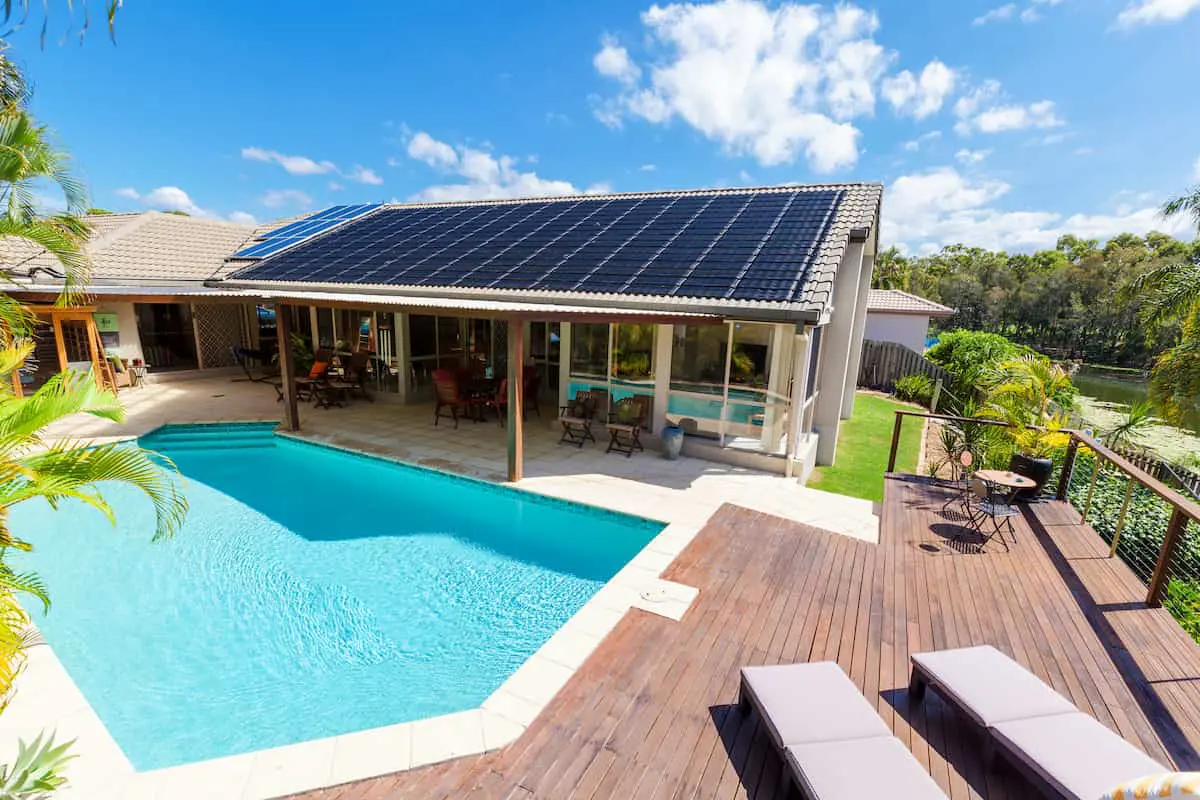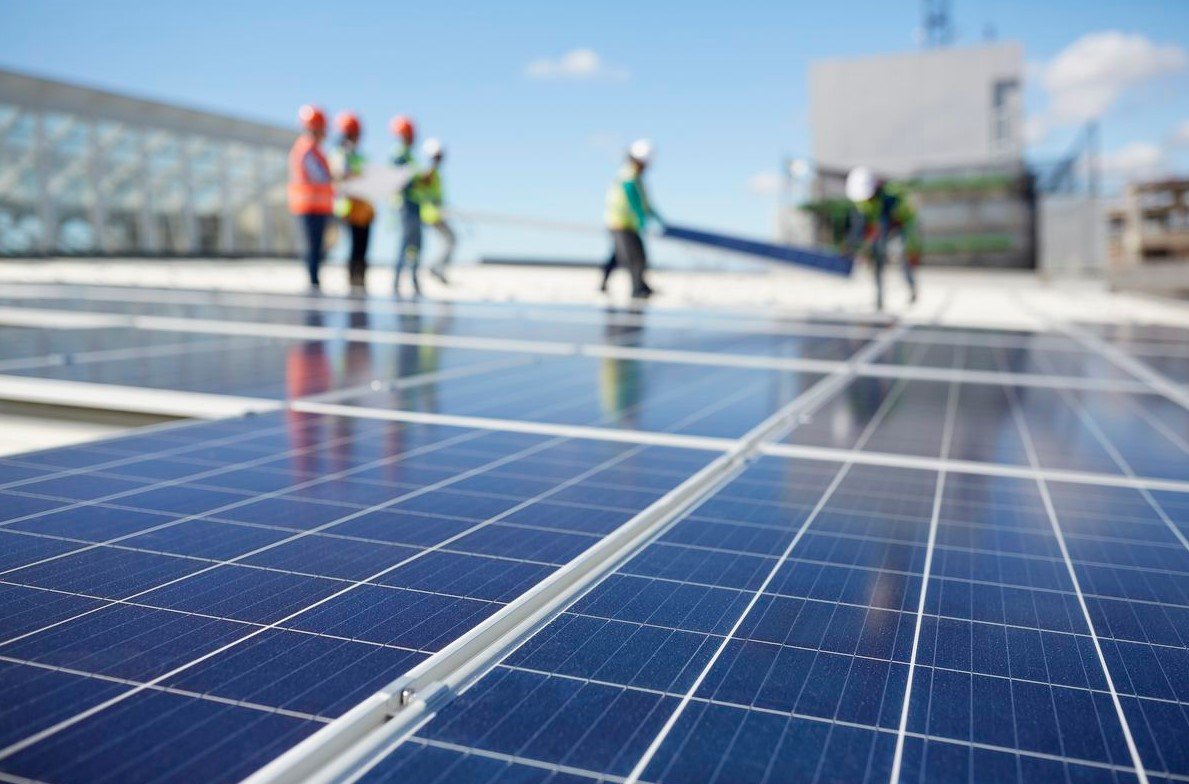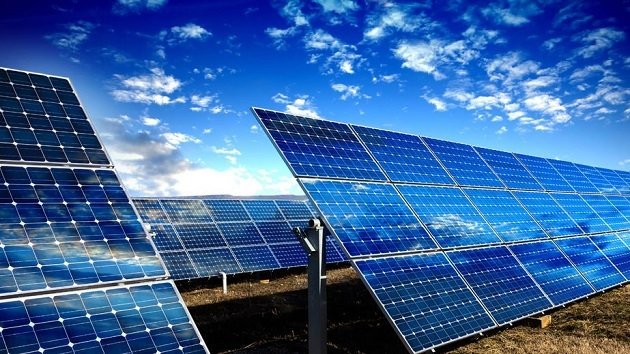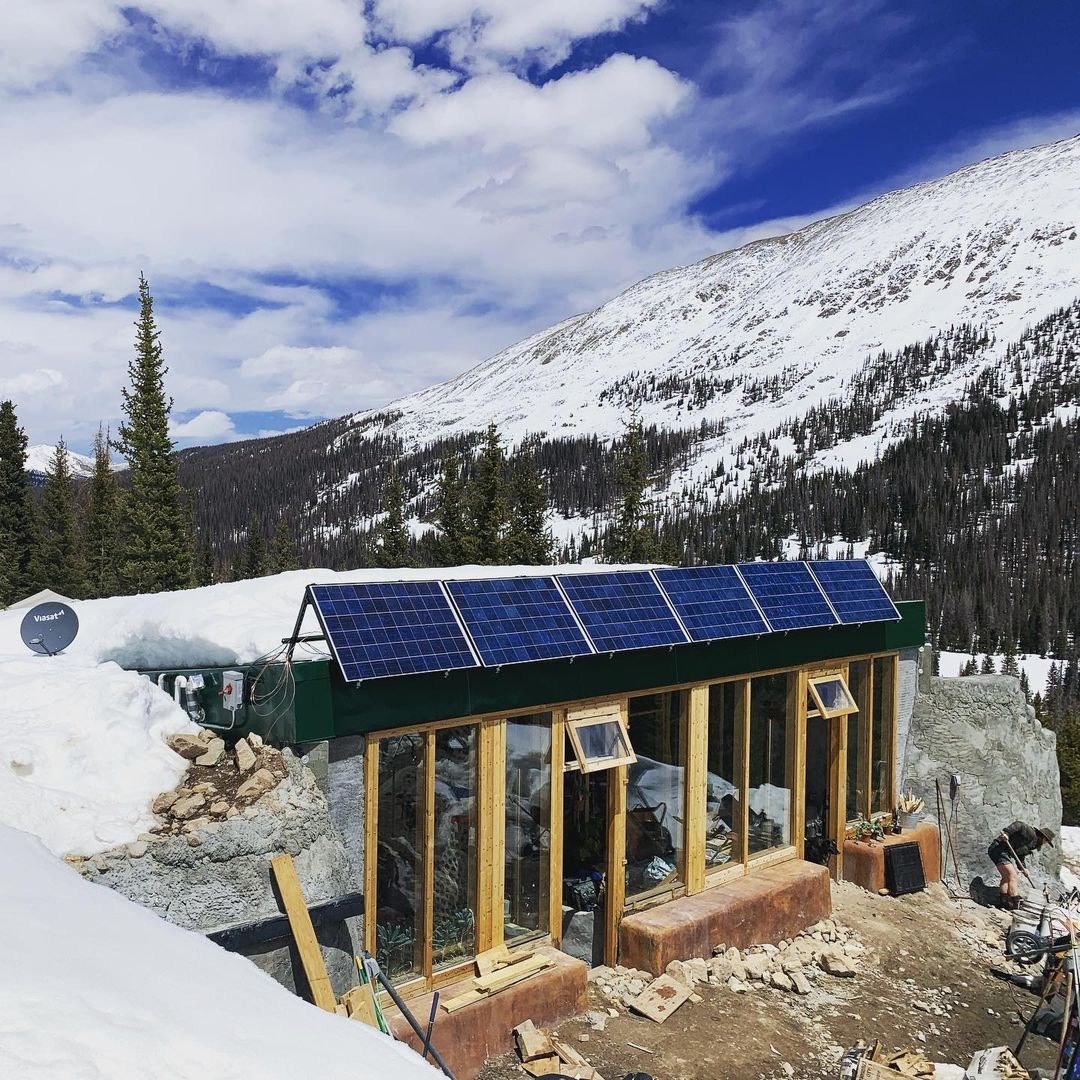
Now you can heat the pool with solar panels
Anow you can heat the pool water with solar panels and thus be able to enjoy a heated pool throughout the year and not just in the summer months. This is achieved thanks to the installation of a system of solar collectors that allow us to obtain a double benefit : the water will always have a pleasant temperature for bathing and the use of the outdoor pool can be extended throughout the year.
Now you can heat the pool with solar panels
To heat a pool using energy from the sun, we must have sensors or collectors or thermal solar panels installed , which capture the heat of the sun and transmit it to the water in our pool.
Solar panels are classified according to the main uses we give them: generate electricity, heat water or both . Depending on their purpose, the main types of solar panels that we find on the market are:
- Photovoltaic solar panels.
- Thermal solar panels.
- Hybrid solar panels: Photovoltaic + thermal.
The main difference between them is that photovoltaic solar energy converts the sun’s energy into electrical energy directly, while thermal solar energy uses the sun’s energy in the form of heat to heat water or its circuits.
What is a solar thermal panel and how does it work?
A solar thermal collector or solar thermal collector or solar thermal panel, is a device that allows the use of solar thermal energy , that is, it is used to capture solar thermal energy through solar radiation and thus heat water. The hot water can be used, for example, to heat swimming pools, for bath or shower water or as a heating system for water carried by pipes capable of heating the rooms they pass through.
It should be noted that solar thermal energy can also be used to generate electricity. This is carried out in solar thermal power plants that heat water and generate steam capable of moving a turbine that is used to produce electrical energy.
Through the use of solar thermal collectors we can have hot water and heating in a clean and respectful way with the environment .
A solar thermal panel or collector is made up of various elements:
- Covers or thermal plates. They are usually made of glass or special plastics. When the sun shines on them, they capture all the energy possible, minimizing losses due to convection.
- The air channel. It may or may not be empty and is responsible for separating the cover from the absorber. The thickness of this channel varies depending on the convective losses and the excessively high temperatures that can occur if it is too narrow.
- The absorber. Responsible for absorbing solar energy and transmitting it to the fluid in which that heat is stored. It is essential that it has a high absorption capacity and a reduced thermal emission, for which a mixture of various materials such as copper or aluminum is used, with titanium oxide treatments.
- The accumulator. It is made up of a tank where hot water is stored, that is, the thermal energy collected, so that it can be used whenever it is needed, even in the hours when there is no sun.
- Ducts, circuits, insulating layers and other elements. Through the pipe system, the installation fluid and the insulating elements can be transported to avoid energy losses. The main and secondary circuits allow its proper operation.
How many thermal solar panels do I need to heat a swimming pool?
The number of solar thermal panels needed to heat a pool and the space required for their installation depend on the pool’s surface area exposed to air, its volume, and the geographical area where it is located. In addition to this, other factors must also be taken into account, such as:
- The solar radiation of the geographical area.
- The average temperatures of the region.
- If it is a windy area or protected from the wind.
- The temperature that we want to have in the pool water as well as the period of the year that we want to use it.
- The dimensions and depth of the pool.
- If the pool is covered with a thermal blanket at night or not.
In general, the surface of the solar thermal collectors usually occupies between 50% and 100% of the surface of the pool , being greater the colder or cloudier the area.
In the northern half of Spain, the area occupied by the solar panels must be 75% of the pool’s water loss area (7.5 m² of panels for every 10 m² of pool area) and in the middle south of 50% (5 m² of panels for every 10 m² of pool surface).
Benefits of heating the pool with solar panels
Let’s see below what are the most significant advantages of using solar energy to heat the water in our pool:
- The sun is an inexhaustible source of energy.
- Solar thermal energy is a clean energy that cares for the environment, does not pollute and allows the water in a swimming pool to be heated in a totally sustainable and efficient way .
- It helps us to save a significant amount of money at the end of the month.
- It is ideal for home pools located in isolated areas.
- They are easy maintenance facilities .
- You only have to make an initial investment, and it can be amortized approximately 5 years after its installation.
- Reduce energy consumption since the cost of hot water will be reduced considerably.
- Reduce our carbon footprint . Using solar energy instead of fossil fuels reduces the amount of carbon dioxide emitted into the atmosphere.
- Grants and subsidies . Depending on the place where the house is located, we can get different aid and subsidies from public administrations.
The sun is an inexhaustible and non-polluting source of energy, an efficient, economical and sustainable system ideal for heating the water in a swimming pool . Solar energy is presented as an attractive alternative and increasingly demanded by consumers, who will see how their monthly spending decreases while caring for the environment.






